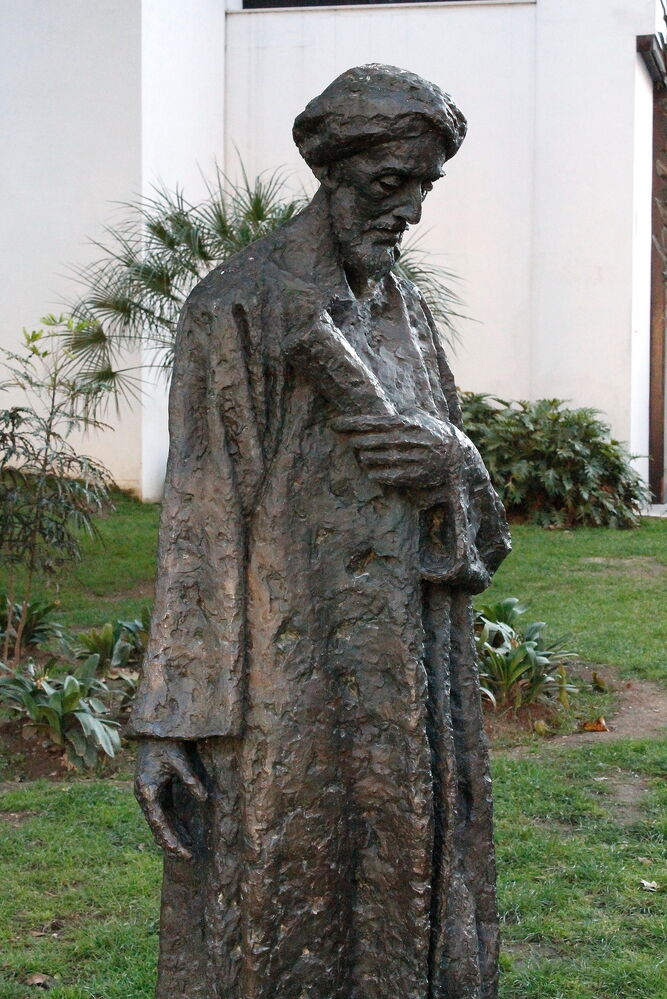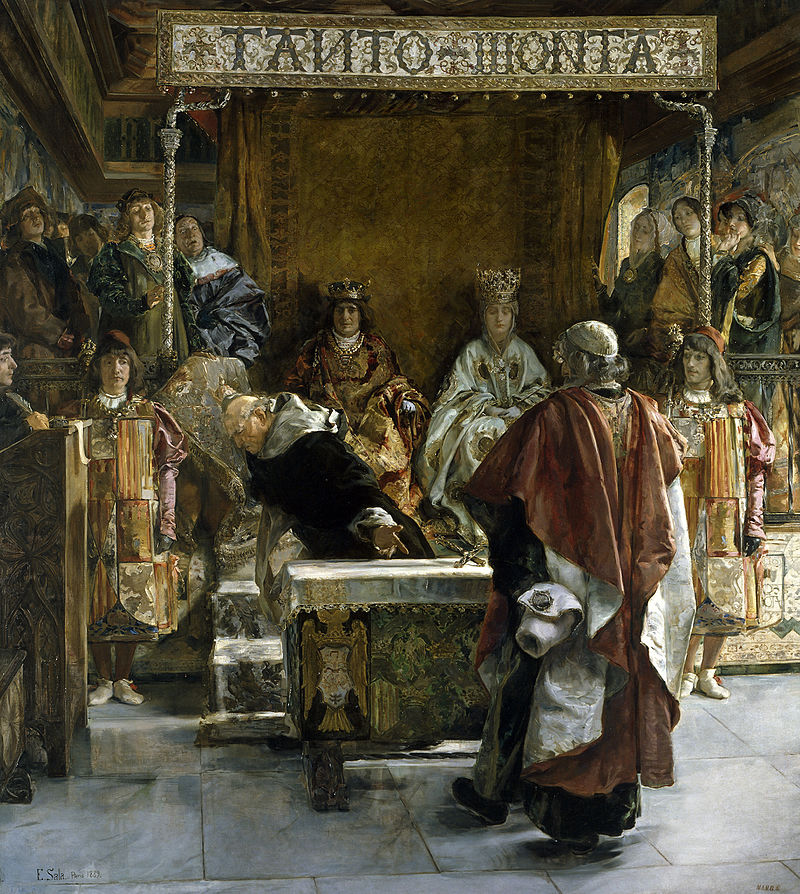Jewish history dates back to time immemorial, but on this occasion we want to delve into a specific space and time in relation to Spain There is no doubt that already in the Visigothic era, the Jewish community had a relevant role but with a very pronounced totalitarianism on the part of the Goths, leaving hardly any room for important social development in the future of these communities.
With the Islamic invasion that began in 711, Spanish Judaism begins one of the golden pages, andwith great development that reached the fields of politics and culture. A certain permissiveness of the Muslim authorities regarding the repression of the Visigoth monarchs meant that the Jews did not show rejection of the invasion, but rather the opposite. It is in these early dates (8th-9th centuries) where we see the first Jewish quarters such as those of Lucena, Córdoba, Valencia, Toledo, Seville, etc. They were considered “people of the book” or dimmies, so their religious situation was allowed and protected in al-Andalus. Logically, they suffered many limitations that were continually repeated, although in the end, their situation would depend a lot on the rulers.

Ibn Gabirol Spanish-Jewish philosopher and poet. considered the most important poet of the 12th century in medieval Hebrew times. His most important work: “The Fountain of Life”
The wealth that has come down to us to this day is an important legacy, not only architectural. We must keep in mind that Judaism until the 19th century practiced aniconism. Synagogues, documents, gastronomy and a musical artistic legacy (in another post we will delve into Sephardic music in the peninsula) that today more than ever is booming in cities with Sephardic heritage in the peninsula where we can enjoy primitive musical works.
This golden age ended when the Almohads of North Africa took over a large part of the peninsular territory (South-Levante) and did not tolerate the religious or cultural practice of the Jews, nor later, the Christians who gained power after the fall. of the Almohads. Ultimately, after the Christian conquest of the peninsula, the Jews were given the option of expulsion, conversion or death. Many of them ended up migrating to the Ottoman Empire and many others preferred to continue practicing the Jewish religion in secret, despite the threat of the Spanish Inquisition.

Expulsion of the Jews from Spain (year 1492), according to Emilio Sala (1889). Prado Museum
We capture this wealth and incredible legacy of the Sephardic communities in a private route through the most relevant and in some cases very unknown heritage and cultural enclaves. Beyond traditional and tourist “Jewish neighborhoods”, we enter the gastronomy and art. Culture and liturgy. All this in an ideal route to get to know Andalusia, beyond the monumental. We will visit Lucena, Carmona, Toledo, Úbeda, Córdoba and Seville.
An example of that artistic legacy that we talked about previously is with one of the most relevant artists of Jewish music. Ana Alcaide and the piece In the Garden of the Queen.
